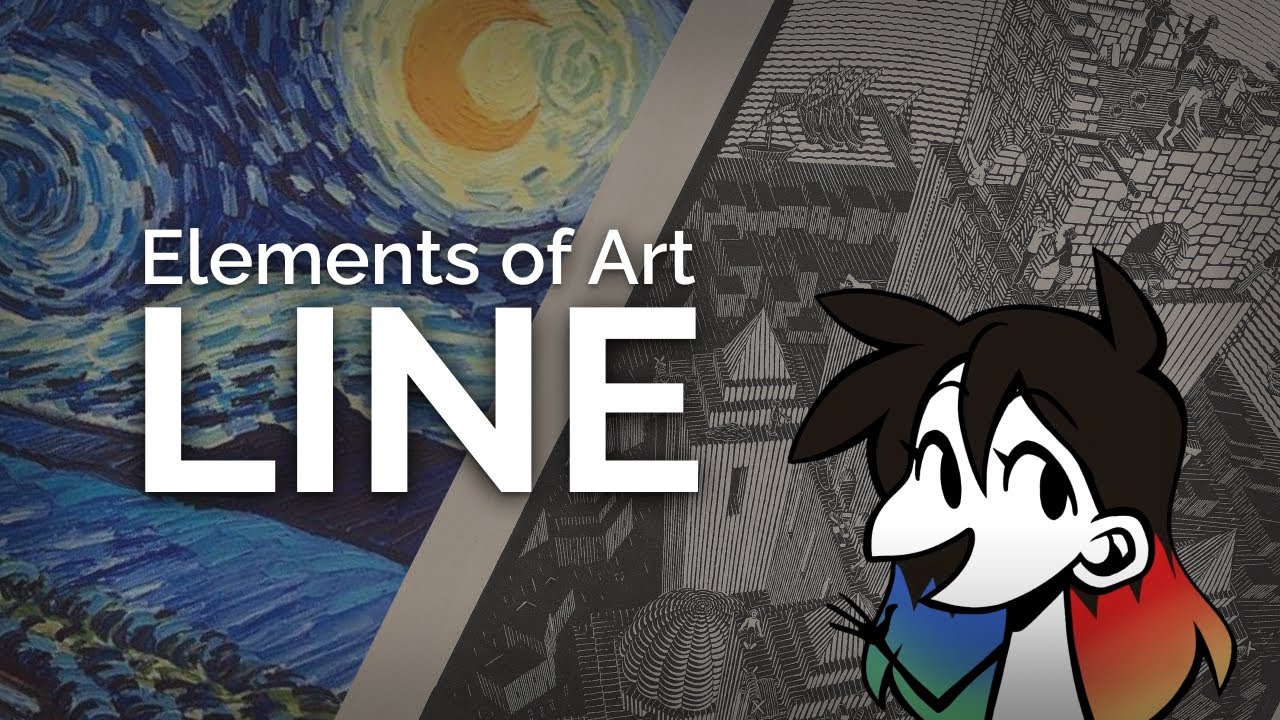Posture: Spiral Line from Anatomy Trains
Summary
TLDRThis tutorial by Christopher Hall focuses on the spiral line from the Anatomy Trains concept, explaining its role in posture and movement. It covers how the spiral line helps maintain balance across various planes of motion, aids in knee tracking, and supports rotational movements during activities like walking and sports. The anatomy of the spiral line is also detailed, describing how it wraps around the body from the base of the skull to the foot and back. The video emphasizes the importance of understanding the fascia's role in movement and posture.
Takeaways
- 📚 The tutorial focuses on the spiral line from 'Anatomy Trains' and its role in postural and movement functions.
- 🔄 The spiral line runs from the base of the skull, down to the foot, and back up again, crossing the body at different points.
- ⚖️ It maintains balance in all planes of movement: forward and back, side to side, and rotational movements.
- 🦵 The spiral line connects the foot arch to the pelvis and aids in the tracking of the knee, often influencing knee pain and hip alignment.
- 🚶♂️ It provides counterbalance during walking and aids in rotational movements, enhancing posture and stability.
- 🌀 The spiral line is involved in eccentric and isometric contractions, reducing folding and collapse during movement, especially in sports.
- 📖 The 'Anatomy Trains' book provides a detailed breakdown of fascial lines, movement exercises, and therapy suggestions.
- 🦴 The spiral line anatomy includes 23 points, starting at the occipital ridge and wrapping around the body in a spiral manner.
- 🛤️ The ASIS (anterior superior iliac spine) is a key 'junction' where multiple myofascial force vectors meet and cross.
- 🤔 Dividing the spiral line into upper and lower sections (occipital ridge to ASIS, and ASIS to the first metatarsal) helps understand body mechanics, even though the body moves as a whole.
Q & A
What is the focus of the tutorial?
-The tutorial focuses on the spiral line from Anatomy Trains, covering its postural and movement functions, anatomy, and how it contributes to whole-body movement and balance.
What is the spiral line and how is it structured?
-The spiral line runs from the base of the skull, down the body, wraps under the foot, and travels back up again. It crosses the body in multiple places and helps maintain balance and posture.
How does the spiral line aid in maintaining balance?
-The spiral line helps maintain balance by working across all planes of movement—forward/backward, side-to-side, and rotational. It connects the foot arch to the pelvis and assists with knee tracking during movement.
Why is the hip area important when dealing with knee problems?
-Knee problems can often be traced to issues in the hip because the spiral line aids in knee tracking by connecting the pelvis to the lower body. Issues in the hip can cause improper movement and pain in the knee.
What role does the spiral line play in rotational movements?
-The spiral line aids rotational movements by connecting muscles responsible for rotation and enhancing their function, making movements more efficient and reducing the risk of collapse or improper posture.
How does the spiral line contribute to maintaining posture during rotational sports?
-During sports that involve rotational movements like golf, tennis, or boxing, the spiral line helps maintain proper posture by aligning the fascia, muscles, and spine, allowing for balanced and efficient movements.
What is the importance of eccentric and isometric contractions in the spiral line?
-The spiral line helps manage eccentric and isometric contractions during rotational movements, preventing the body from collapsing or folding, especially when maintaining posture or performing dynamic movements.
How does the anatomy of the spiral line resemble train stations and tracks?
-In Anatomy Trains, the spiral line is metaphorically explained using train stations (red dots) and tracks (green lines). The stations represent key anatomical points, while the tracks represent the fascial lines that connect them, helping visualize the body's myofascial network.
What is the starting and ending point of the spiral line?
-The spiral line starts and ends at the occipital ridge, located at the base of the skull. It follows a path that wraps around the body, connecting various fascial lines and bony landmarks.
What is the significance of the ASIS in the spiral line?
-The ASIS (Anterior Superior Iliac Spine) serves as a 'roadhouse' or junction in the spiral line where multiple myofascial force vectors meet and cross. It plays a crucial role in helping the body change direction during movements like sprinting or cutting.
Outlines

This section is available to paid users only. Please upgrade to access this part.
Upgrade NowMindmap

This section is available to paid users only. Please upgrade to access this part.
Upgrade NowKeywords

This section is available to paid users only. Please upgrade to access this part.
Upgrade NowHighlights

This section is available to paid users only. Please upgrade to access this part.
Upgrade NowTranscripts

This section is available to paid users only. Please upgrade to access this part.
Upgrade NowBrowse More Related Video

Unlocking the Secrets of the Body's Anatomy Train: Spiral Line Part 6 | د/ أحمد مبروك

What is the Mandibular Nerve? (preview) - Human Anatomy | Kenhub

Tutorial dasar Robot line Follower Kakarobot

KALKULUS | TURUNAN | APA ITU TURUNAN?

The Power of the Brain-Body Connection | Mat Boulé | TEDxLaval

LINE: Elements of Art Explained in 5 minutes (funny!)
5.0 / 5 (0 votes)